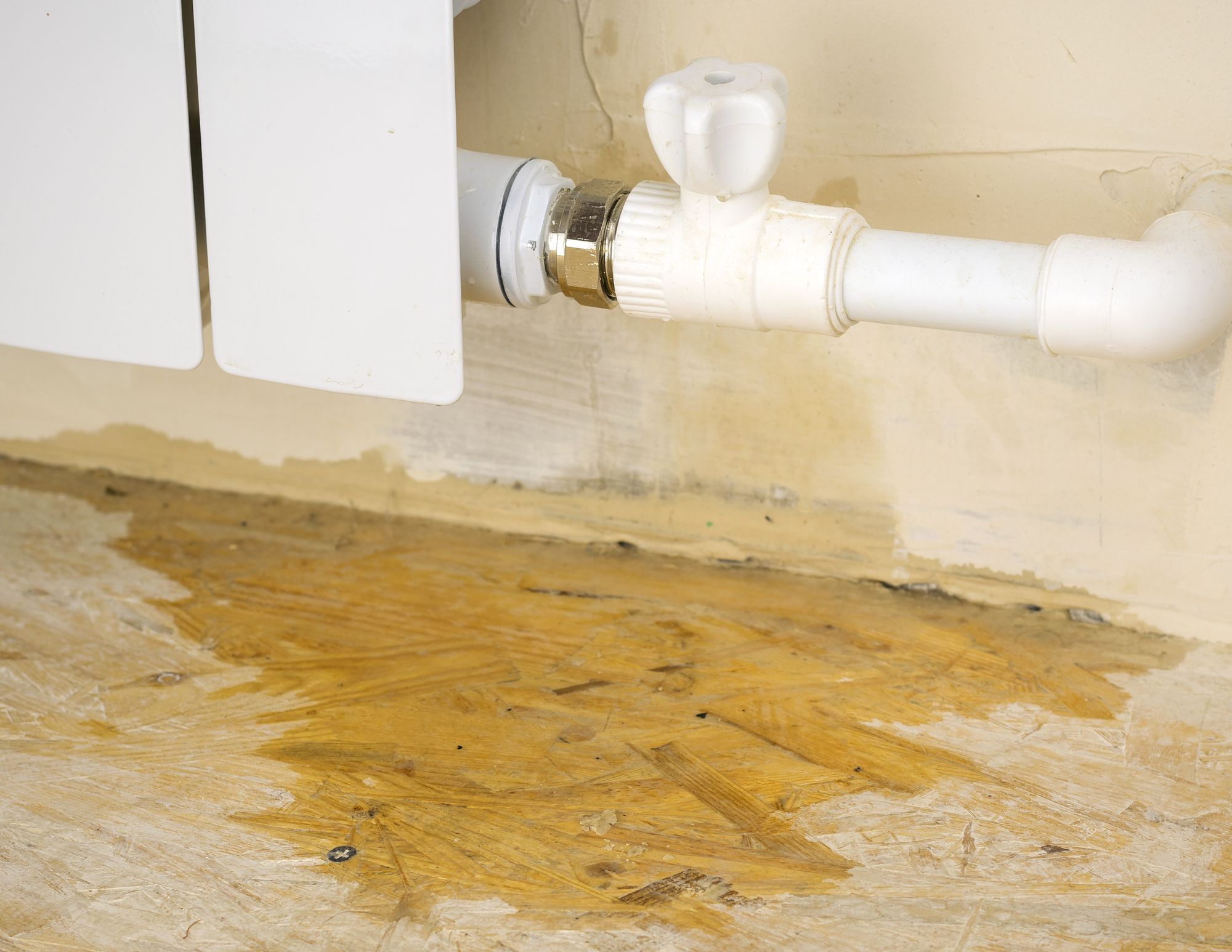Pinpoint the Top Factors for Leak Problems in Your Residence
Pinpoint the Top Factors for Leak Problems in Your Residence
Blog Article
We've noticed this great article on How to detect water leaks in your home down the page on the net and believe it made sense to discuss it with you on this site.

Leakages not just cause waste of water but can also create unnecessary damages to your house as well as advertise unwanted natural growth. However, water leakages may go unnoticed given that a lot of the pipework in our house is hidden. By understanding and also looking for day-to-day scenarios that cause leakages, you can shield your residence from future leaks as well as unneeded damage. Today, we will look at six leakage triggers that might be creating your pipelines to trickle.
Encroaching roots
Many water leakages begin outside the home instead than inside it. You might observe damp patches or sinkholes in your backyard, and also that could imply that tree roots are getting into water lines triggering water to seep out.
Corroded water systems
This might be the cause of discoloration or warping on your water pipelines. If our plumbing system is old, consider changing the pipelines since they are at a greater danger of rust than the newer designs.
Faulty Pipe Joints
The point at which your pipelines attach is regularly the weakest link in the waterline. Pipe joints can degrade in time, leading to water leakages. The bulk of pipeline joints are not easily visible. If you have noisy pipes that make ticking or banging noises, particularly when the hot water is switched on, your pipe joints are possibly under a lot of pressure. It is suggested to have your plumber inspect your system once a year.
Instant temperature adjustments.
Extreme temperature level adjustments in our pipelines can trigger them to increase and also contract suddenly. This development as well as contraction might trigger cracks in the pipes, particularly if the temperature level are below freezing. If you kept an eye on how your plumbing functions, it would certainly be best. The presence of the previously pointed out scenarios often shows a high risk.
Poor Water Connectors
At times, a leakage can be brought on by loosened tubes as well as pipes that supply your appliances. Most of the time, shifting is what creates the loose water Links. You may discover in the case of a cleaning equipment, a tube might spring a leakage due to shaking during the spin cycle. In case of a water links leakage, you might discover water running directly from the supply line or pools around your home appliances.
Clogged Drains
Obstructed drains pipes may be irritating and also inconveniencing, however they can often end up creating an overflow resulting in rupture pipes. Keep eliminating any kind of materials that might decrease your drains that might clog them to prevent such inconveniences.
All the above are sources of leakages yet not all water leaks arise from plumbing leaks; some leaks could originate from roofing system leaks. All leakages need to be fixed quickly to avoid water damages.
Leakages not just create waste of water yet can likewise cause unnecessary damage to your house as well as advertise unwanted organic growth. By recognizing and also looking for everyday situations that trigger leakages, you can protect your home from future leaks and unnecessary damage. Today, we will certainly look at six leak triggers that may be creating your pipelines to trickle.
At times, a leakage can be caused by loosened hose pipes and also pipes that provide your appliances. In case of a water connections leakage, you might see water running straight from the supply line or puddles around your appliances.
How To Check For Water Leak In Your Home
How To Check for Leaks
The average household's leaks can account for nearly 10,000 gallons of water wasted every year and ten percent of homes have leaks that waste 90 gallons or more per day. Common types of leaks found in the home are worn toilet flappers, dripping faucets, and other leaking valves. These types of leaks are often easy to fix, requiring only a few tools and hardware that can pay for themselves in water savings. Fixing easily corrected household water leaks can save homeowners about 10 percent on their water bills.
To check for leaks in your home, you first need to determine whether you're wasting water and then identify the source of the leak. Here are some tips for finding leaks:
Take a look at your water usage during a colder month, such as January or February. If a family of four exceeds 12,000 gallons per month, there are serious leaks.
Check your water meter before and after a two-hour period when no water is being used. If the meter changes at all, you probably have a leak.
Identify toilet leaks by placing a drop of food coloring in the toilet tank. If any color shows up in the bowl after 10 minutes, you have a leak. (Be sure to flush immediately after the experiment to avoid staining the tank.)
Examine faucet gaskets and pipe fittings for any water on the outside of the pipe to check for surface leaks.
Undetected water leaks can happen without the home or business owner even realizing. If you suspect a water leak, but not able to find the source. It is time to contact a professional water leak detection service, The Leak Doctor.
How To Find a Water Leak In Your Home
https://www.leakdoctor.com/blog/How-To-Check-For-Water-Leak-In-Your-Home_AE197.html

As a serious reader about Most Common Causes of Leaky Pipes, I assumed sharing that excerpt was essential. Enjoyed reading our blog entry? Please share it. Help other people locate it. Thanks a lot for your time. Visit us again soon.
Schedule Service Report this page